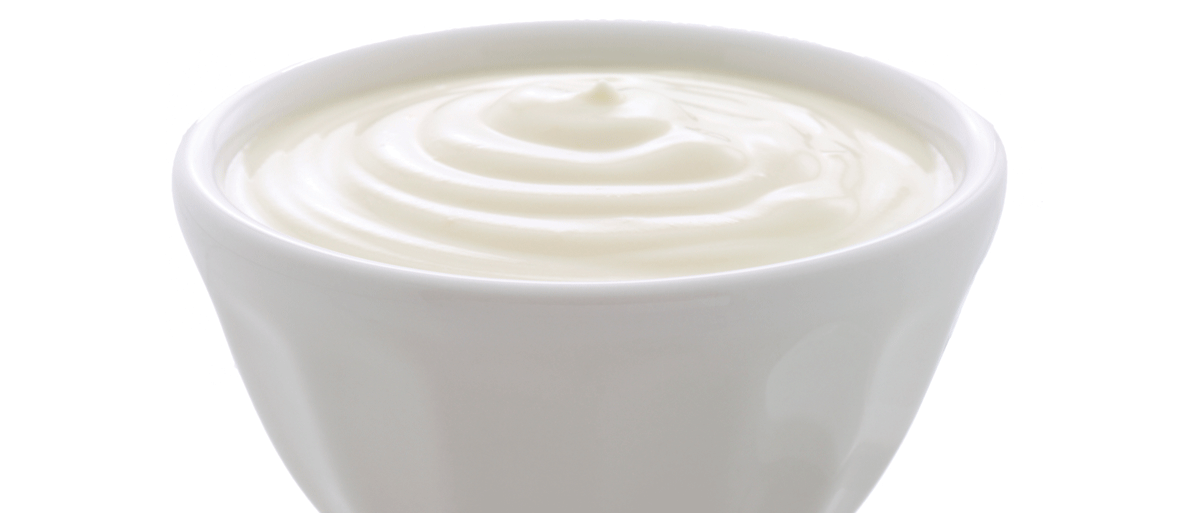Major changes will be coming to the Nutrition Facts Label over the next couple of years – marking the first update to the food label since the 1990s (when the mandate for the requirement of the food labels went into effect). While many of the changes are minor, a few major changes include:
Updated portion sizes that reflect how Americans actually eat. The new serving sizes will be based on the amount of that particular food or drink that people typically consume. For example, a reference serving size for yogurt is 8 ounces. The new food label will set the serving size for yogurt at 6 ounces – tracking more closely with how much yogurt people naturally eat. (Today’s individual yogurts more often come in 6-ounce containers, versus 8-ounce ones.)
Modified list of required nutrients. Currently, the label must include Vitamin A, Vitamin C, Calcium and Iron. The new food label will require that Vitamin D and Potassium be added in place of Vitamins A and C. Vitamin D and potassium have been identified as nutrients of public health importance – shortfall nutrients that Americans don’t always get enough of. Of the new list of required nutrients – Vitamin D, Calcium, Iron and Potassium – milk is a top source of three of the four – Vitamin D, Calcium and Potassium.
Inclusion of “Added Sugars,” differentiating naturally occurring sugars (such as lactose in milk and fructose in fruit) from those sugars added during food production. The new food label will include a listing for total sugars in grams (which is where the naturally occurring sugars will fall) as well as added sugars in grams and as a percent daily value. The daily reference value for sugar is set for 50 grams per day for adults and children ages 4 years and older – so the new label will tell you what percentage of the 50-gram limit is provided by one serving of your food or beverage. While health-conscious consumers will continue to consider added sugars, it is important that they do so in the context of the food’s overall nutritional profile, keeping in mind that small amounts of sugar can increase palatability of nutrient-rich foods (as is the case with flavored milk and yogurts).
These updates will make it easier for all of us to make informed decisions about our food choices. Want to learn more? See this Side-By-Side Comparison of the old versus the new label.




